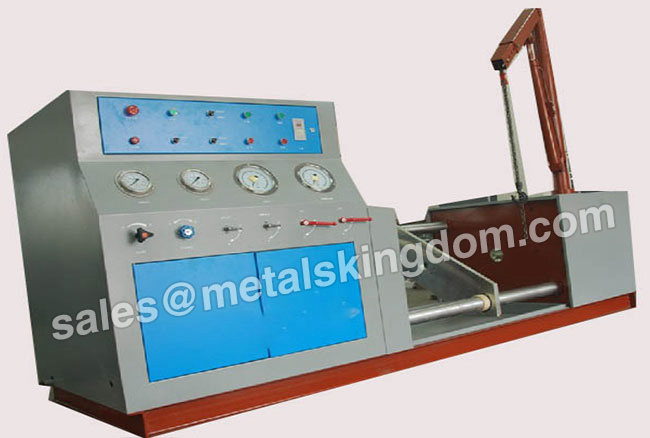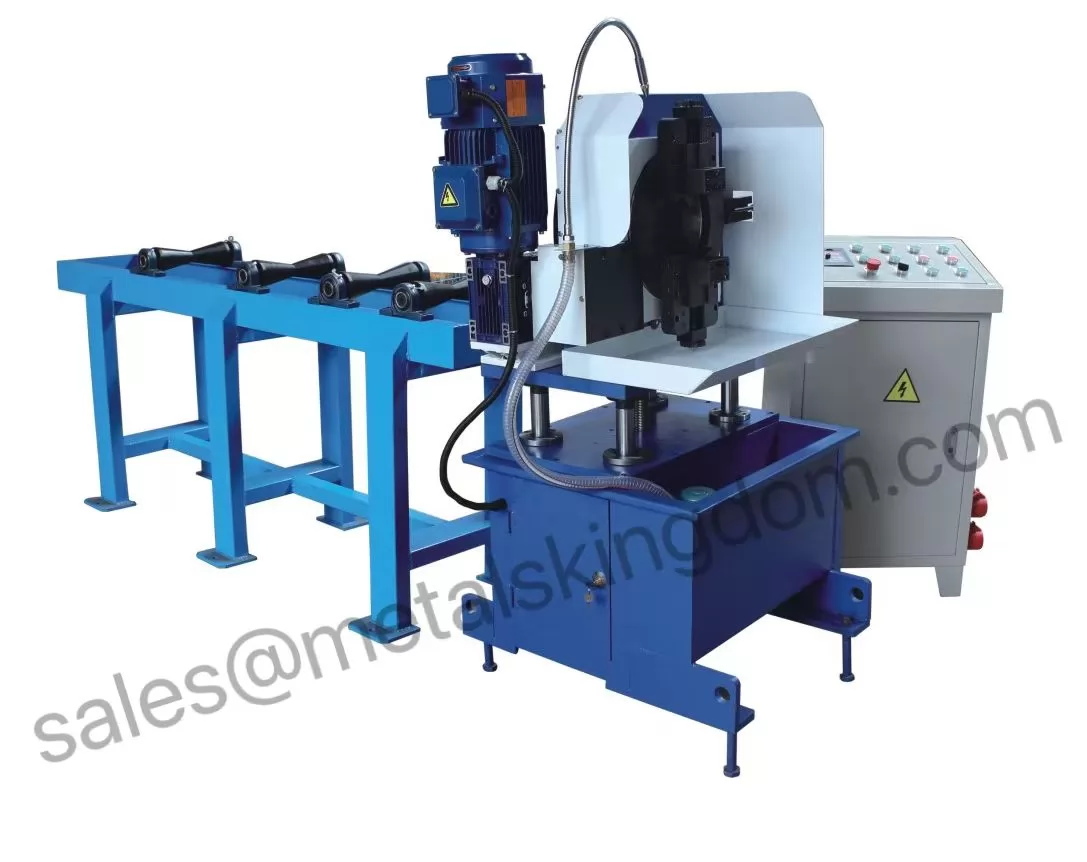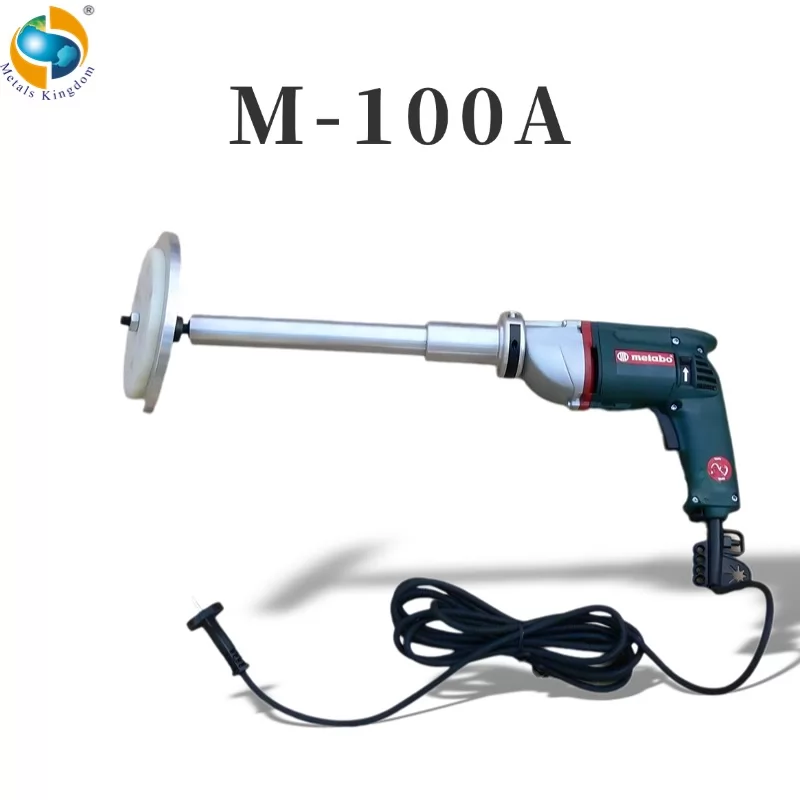Valve test bench supplier introduces you to the principles and requirements of valve testing.
a. The valve shell strength test, sealing test, action test and other tests shall comply with relevant national, industry, and enterprise standards and regulations.
b. The newly purchased valve should be tested for shell and seal. The low-pressure valve [] is checked at 20%. If it fails, it should be checked at 1005; the medium-high pressure valve should be checked at 100%. The valve must be 100% pressure tested after repair. Before the valve is installed, both new and old valves will be tested and used after passing the test.
c. During the hydraulic test, the air in the body cavity should be exhausted.
d. The position of the valve during the test should be convenient for inspection and operation.
e. For valves with special structure that allow injection of emergency sealing grease into the sealing surface, the grease injection system should be empty or ineffective during the test.
f. Before the shell test, the valve shall not be painted or other coating that may cover surface defects.
g. During the test, the medium pressure should be gradually increased, and it is not allowed to increase the pressure sharply or suddenly.
h. When performing the sealing test, no external force affecting the sealing surface should be applied at both ends of the valve.
i. During the sealing test of gate valve, plug valve and ball valve, the body cavity between the bonnet and the sealing surface should be filled with medium and should be subjected to the pressure of the test medium, so as to avoid that the pressurized medium is injected into the body cavity during the test and no leakage can be found.
j. During the test, the sealing surface should be cleaned without oil marks.
k. During the test, the valve = closing force allows only one person to perform normal physical operations, except for the use of lever-type tools (torque wrench).
l. When a valve with a driving device is subjected to a sealing test, the driving device should be activated to close the valve, and the valve can also be manually closed to perform the sealing test.
m. Cast iron valves must not be hammered, blocked, or impregnated to eliminate leakage.
n. During the test of the valve, the operator should pay attention to safety and use the safety device correctly. For high-pressure tests or pressure tests with a high degree of danger, the operator can be placed in a safe area and observed with a refractor.
o. After the valve test is completed, the accumulated water in the valve should be removed in time, and wiped clean with a cloth for drying treatment.
Precautions for maintenance of valve testing machinery
1. The working surface of the valve testing machine should be kept clean and clean, and the flange and sealing disc of the valve to be tested are not allowed to have its debris, and always check.
2. The movable parts of each part of the test bench should be refueled frequently, kept clean and lubricated.
3. The hydraulic oil should be regularly checked and replaced with the newly-used equipment, so that the oil tank should be cleaned and replaced with new oil in 9 months. After that, it should be cleaned and replaced every other year. The temperature of the oil in the tank must not exceed 55 ° C.

Valve Testing Machinery












